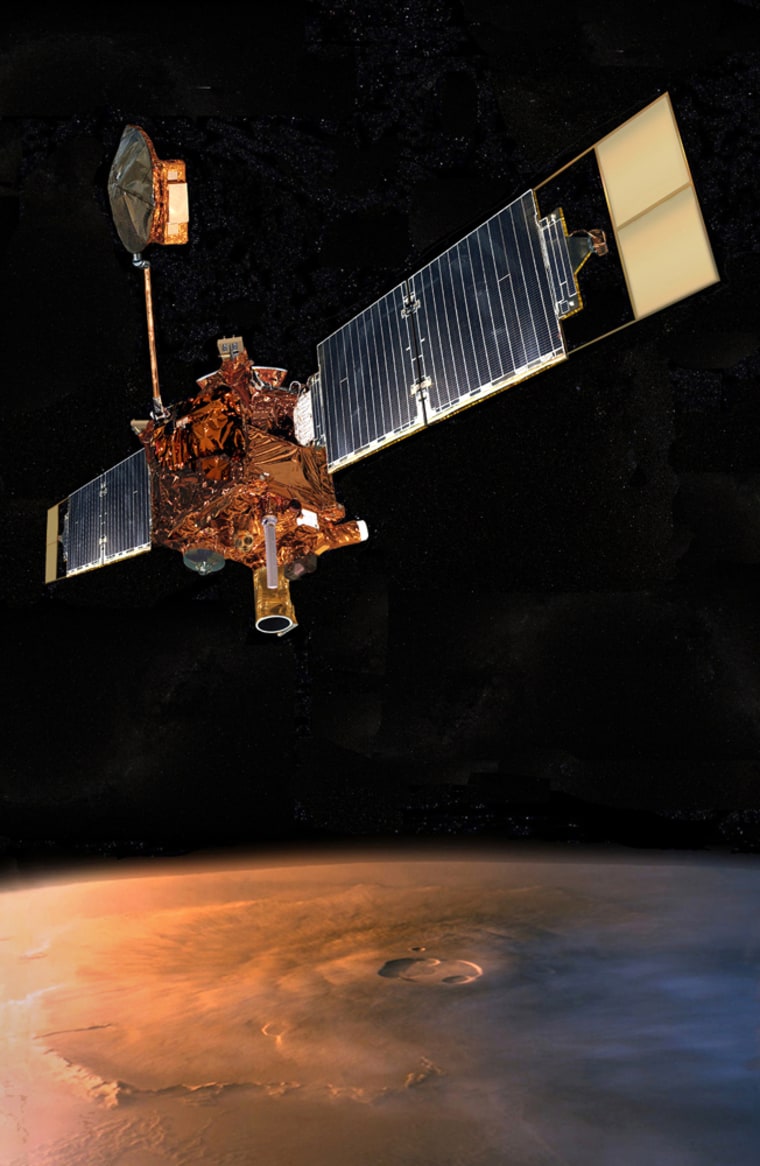Human error triggered a cascade of events that caused the battery to fail on the Mars Global Surveyor last year, according to a preliminary report released Friday.
An internal NASA board determined that power loss likely doomed the spacecraft after almost a decade of meticulously mapping the Red Planet.
But the problems can be traced to September 2005 when a routine update to onboard computers caused inconsistencies in the spacecraft’s memory. Engineers trying to fix the problem sent incorrect software commands then didn’t catch the mistakes because the existing procedures to do so were inadequate.
“Had these procedures been more rigorous ... then perhaps this wouldn’t have happened,” said board chair Dolly Perkins of NASA's Goddard Space Flight Center.
Scientists lost contact last November with the $154 million Global Surveyor. Launched in 1996, it was the oldest of six different active probes on the Martian surface or circling the planet.
Several attempts to locate the spacecraft were unsuccessful, and the mission was declared ended in January.
Redundancy vs. inconsistencies
Global Surveyor was built with redundant control systems to guard against failure. However, the board found inconsistencies in the memories of the spacecraft’s two onboard computers because the updates were done at different times.
Six months before Global Surveyor fell silent, engineers tried to fix the problem but mistakenly uploaded faulty software, disabling its solar panels.
A final command in November telling the spacecraft to adjust its solar panels caused it to point itself toward the sun. In turn, the battery overheated and the spacecraft was lost within 12 hours.
The team that sent up the commands included engineers from NASA’s Jet Propulsion Laboratory and Lockheed Martin Corp., said Fuk Li, Mars program manager at JPL.
JPL managed the Global Surveyor mission and Lockheed built the spacecraft.
Lockheed employees noticed the error and contacted their superiors, the report said.
Doug McCuistion, director of NASA’s Mars Exploration Program, said the space agency will double-check the remaining Mars spacecraft to ensure the error won’t happen again.
The Global Surveyor beamed back 240,000 pictures, including the first detailed views of swirling dust devils and gullies.
Shortly before it failed, it also found stunning evidence that liquid water recently coursed through Mars. The discovery, which still needs to be confirmed, raises the possibility that the planet may have an environment conducive to primitive life.
